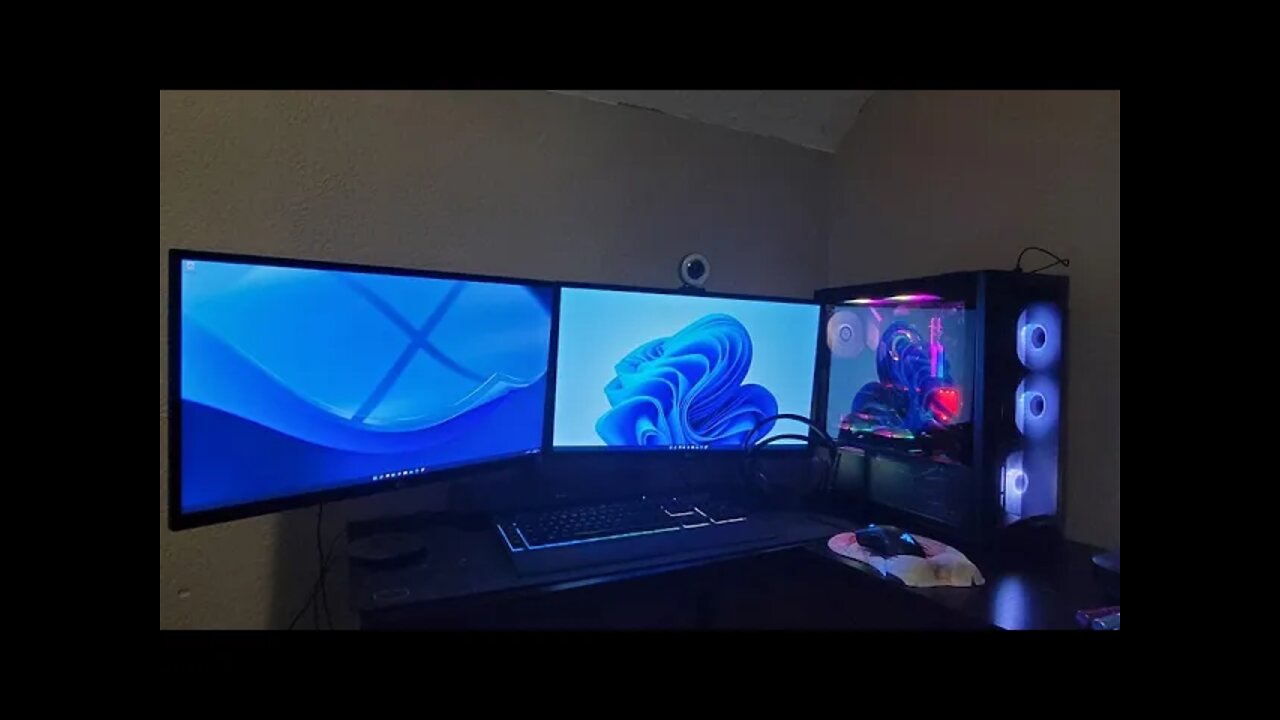Premium Only Content

AMD Issues: Kernel 41 & WHEA Logger Event ID 18 / 19
December 18, 2021, First Stream of the Day!
Twitch: /warmad2 (if you like my stream!)
As the title suggests this is my personal experience facing Critical Error 41 & WHEA Logger with my AMD Rig.
Disclaimer
I am not used to doing these types of videos so I just did a live stream over on Twitch and uploaded it raw and unedited here. I like to be personal when I discuss issues and solutions as if I were talking with my friends.
Definitions I probably should have gone over in the Video:
1. Critical Error 41: Your computer will restart automatically and randomly. This error is probably about power, drivers, and hardware issues, and it usually occurs to Windows 10 desktop computers.
2. WHEA Logger Event ID 18: (Possibly Power, Memory(Least Culprit), PSU, CPU, and or GPU Hardware/Software Failures (Most likely Software) (Seems no one has needed to replace their Motherboard and those that have still experienced the issue leading it to believe primarily CPU or GPU)) Tag - Possibility that the Storage device(s) can be shorted out/malfunction if many restarts occur there's a slight chance for unknowns to occur.
3. WHEA Logger Event ID 19: (Seems this usually leads to Memory)
To Note: that everything I list below here is options that people tried in this thread and I'm not responsible for anything if anything goes even more wrong should you attempt any of these.
Source of all these attempts:
https://community.amd.com/t5/processors/whea-logger-event-id-18/td-p/266186
Other Solutions that worked for others. (Only do these if you know what you're doing.)
1. RAM that is OC above 3200, try to OC only to 3200.
2. Try setting RAM voltage from 1.35v to 1.4v (Don't try this unless you know what you're doing.)
3. Overring the CPU voltage to 1.25v.
4. Disable PBO within BIOS
5. Disable CPB within BIOS
Other Solutions From AMD Forums by AMD:
1. Update the System BIOS to the latest version available.
2. Set the BIOS to use factory default settings/optimized settings.
3. In the BIOS, locate the Power Supply Idle Control option and set it to Typical.
4. Update Windows to the latest version and build via Windows Update.
5. Update to latest AMD Chipset driver from AMD.
6. In Windows Control Panel, select Power Options and choose the Balanced (Recommended) power Plan. In Windows, select Power & Sleep and set the Performance and Energy slider to the middle.
7. Disable non-Microsoft services and startup items using the System Configuration Tool.
8. Reseat CPU, RAM, and ALL PSU power connections (end-to-end for modular PSUs).
9. Verify RAM sticks are installed correctly.
AMD also seems to note if anyone seems to have any more issues with WHEA to refer to here: (Which I think might be pretty useless)
https://www.amd.com/en/support/kb/faq/ts-tips
-
 1:07:29
1:07:29
Sean Unpaved
3 hours agoFootball Fire: Lions' Defense Halts Ravens, Giants Pivot to Dart, OU Grapples with Mateer's Surgery
26.7K1 -
 1:12:10
1:12:10
Timcast
3 hours ago🚨BREAKING: ANTI ICE Terror Attack In Dallas, 2 Dead, Several Injured | Tim Pool
208K228 -
 2:04:25
2:04:25
Steven Crowder
6 hours agoBreaking: ICE Facility Shot in Dallas - Another Left-Wing Attack?
454K395 -
 1:07:04
1:07:04
Mark Kaye
3 hours ago🔴 Jimmy Kimmel ROASTED For Fake Tears During Late Night Return
28.3K9 -
 1:07:28
1:07:28
Rebel News
3 hours agoLIVE | Fire at ostrich farm, RCMP & CFIA siege property, Rebels on the ground | Buffalo Roundtable
24.4K11 -
 1:02:08
1:02:08
The Rubin Report
5 hours agoCharlie Kirk’s Murder Has Officially Backfired
65.4K45 -
 1:04:04
1:04:04
The Drew Allen Show on DailyClout
3 hours ago"What the Kimmel Saga Has Taught Us About the Left"
17K2 -
 LIVE
LIVE
LFA TV
16 hours agoBREAKING NEWS: SHOOTER IN DALLAS! | WEDNESDAY 9/24/25
2,253 watching -
 1:00:09
1:00:09
VINCE
6 hours agoThe Globalists SABOTAGE Trump At The U.N.? | Episode 132 - 09/24/25
251K312 -
 DVR
DVR
Bannons War Room
7 months agoWarRoom Live
37.8M8.8K